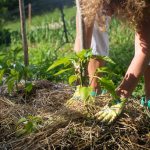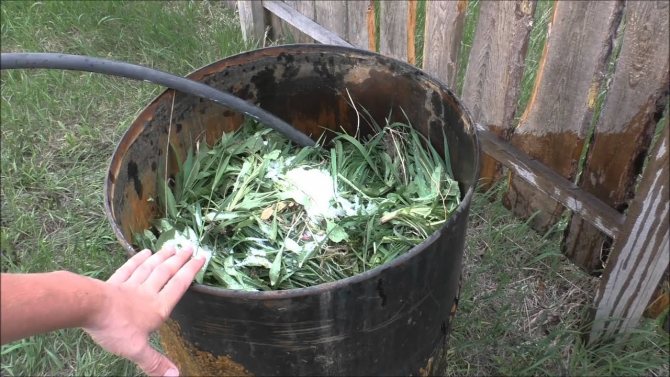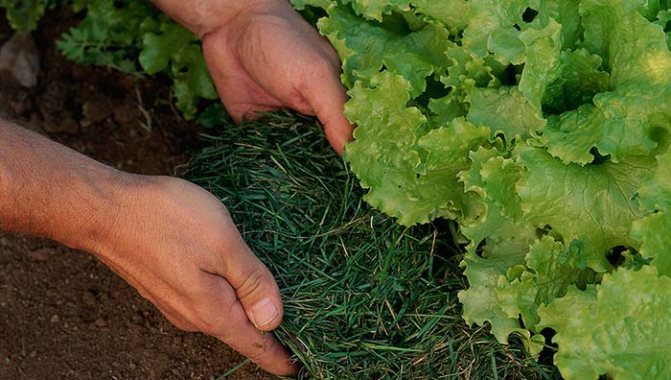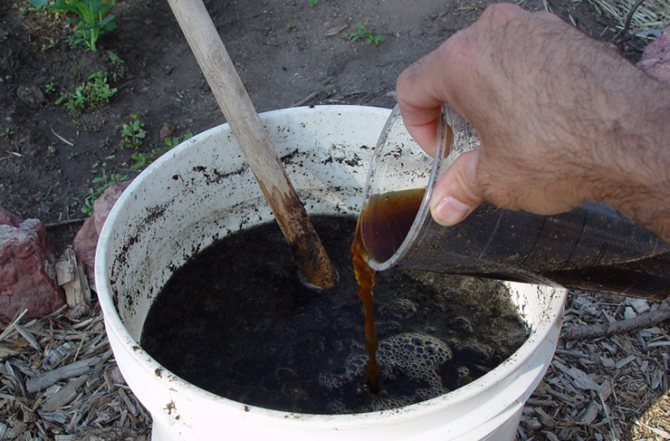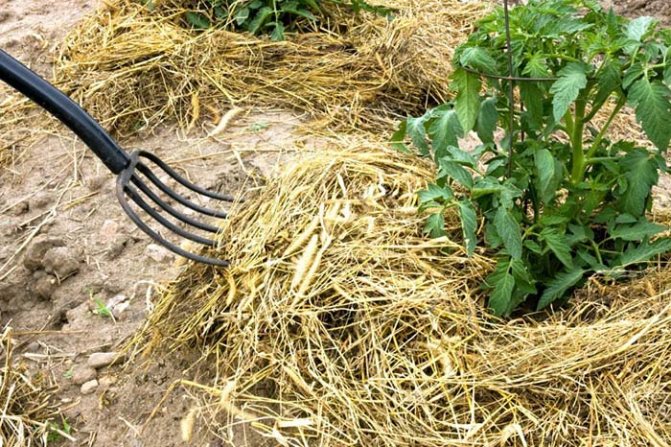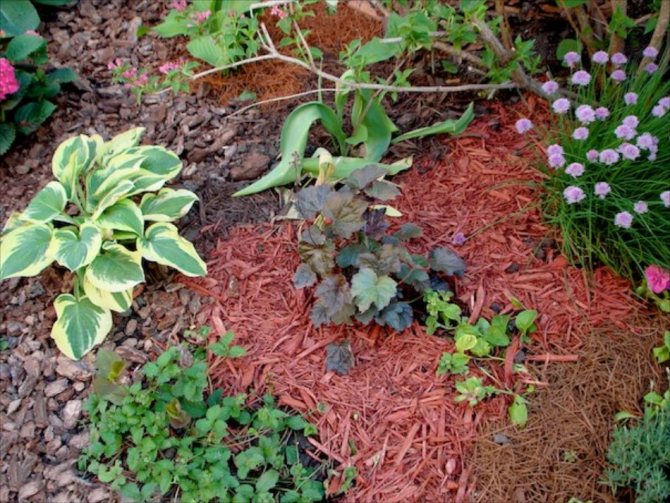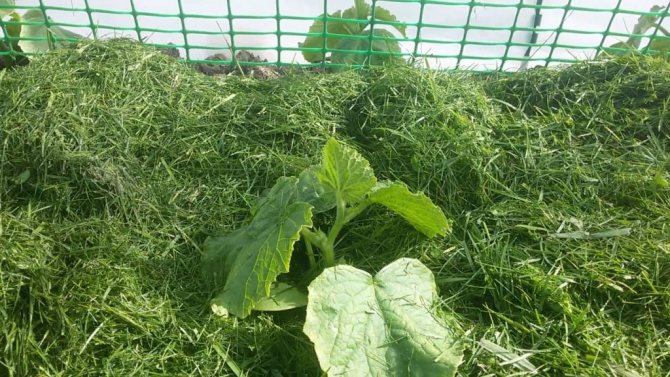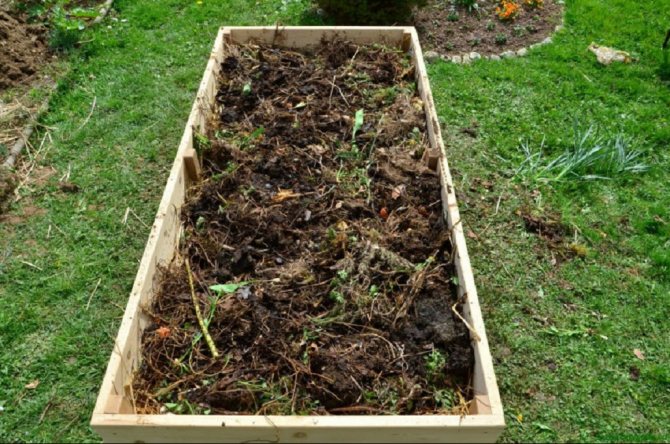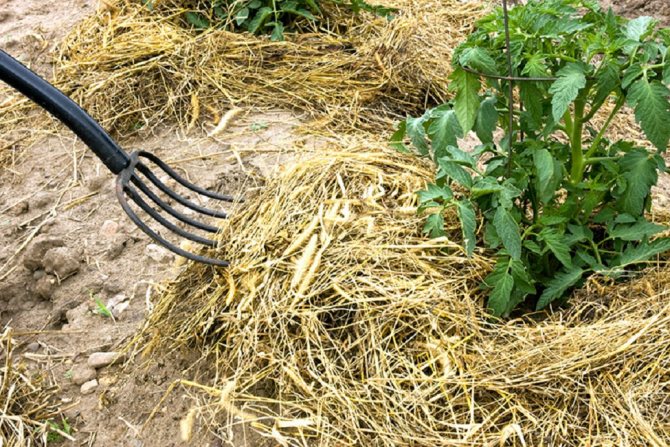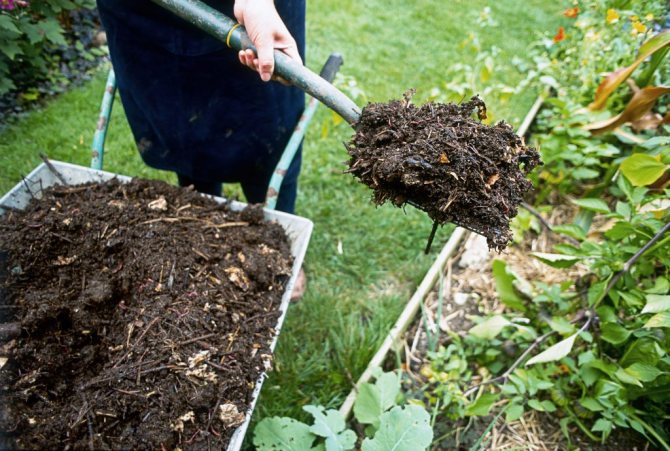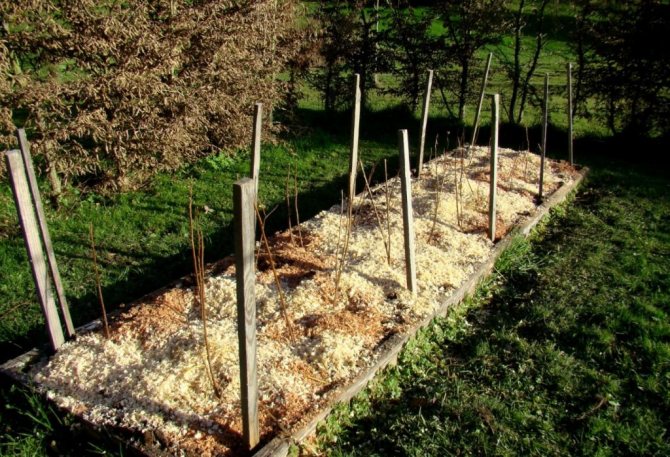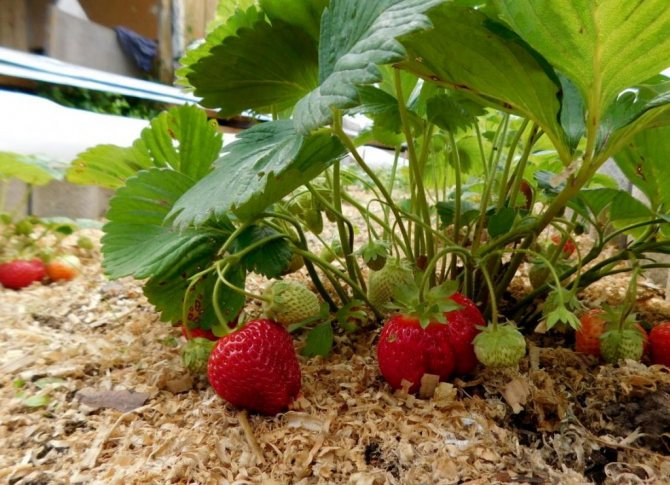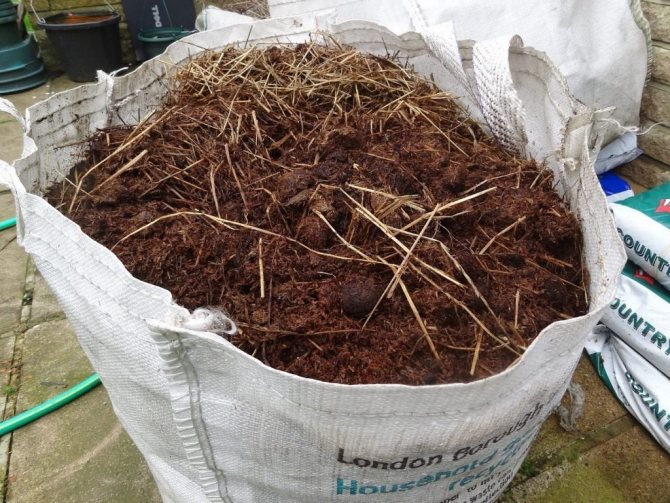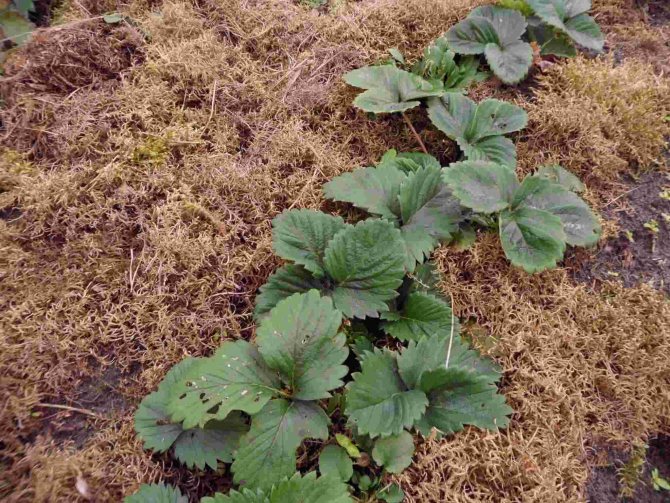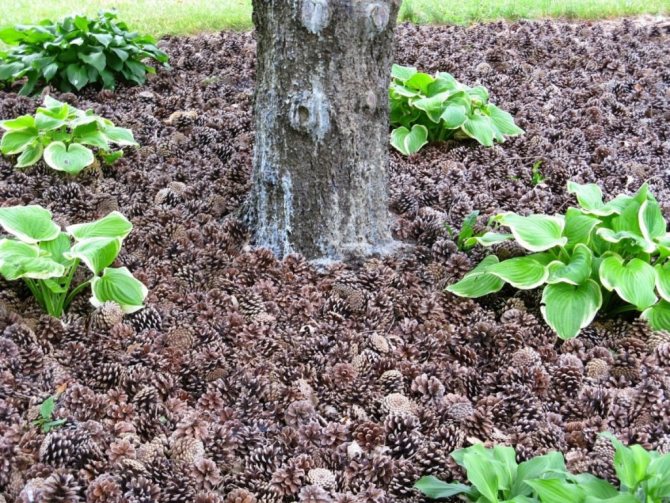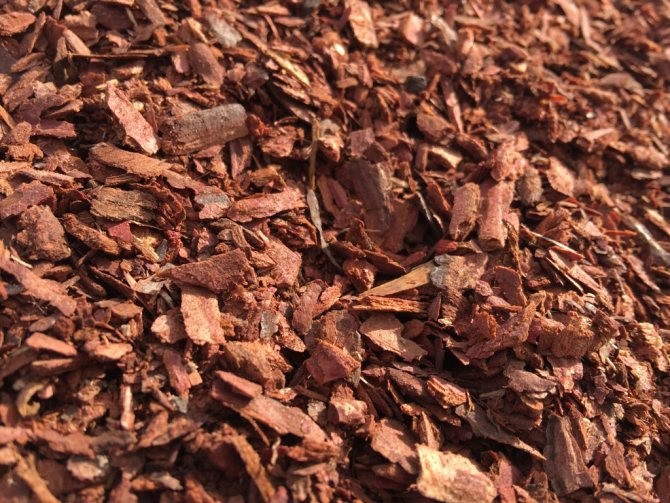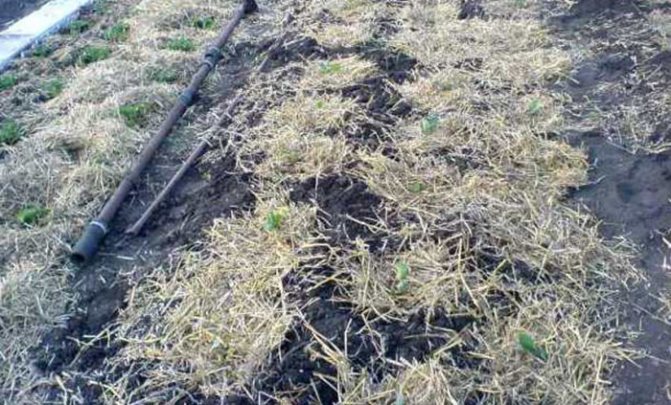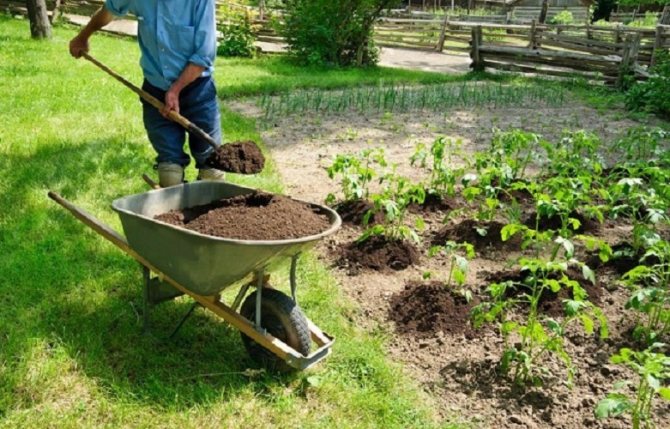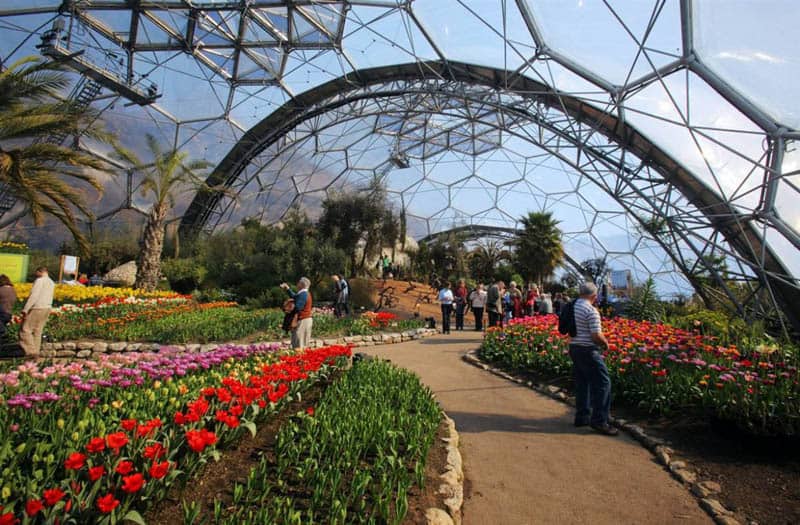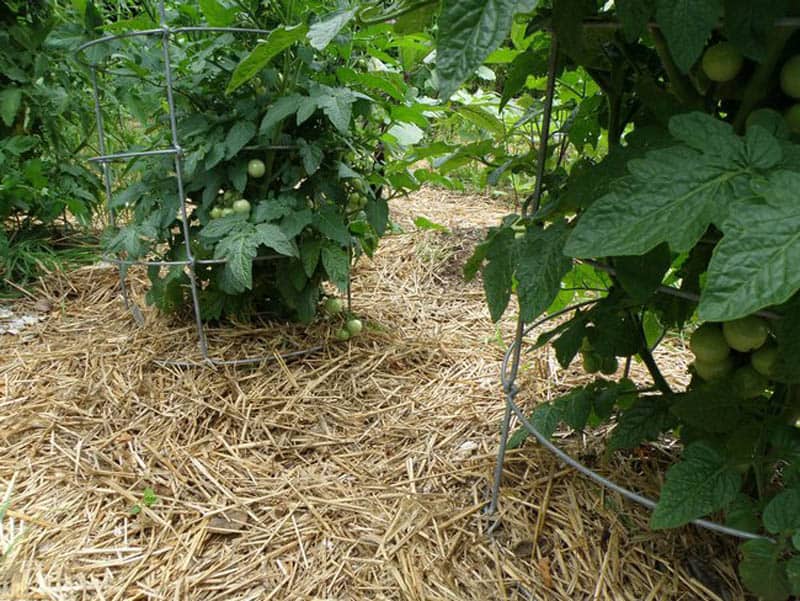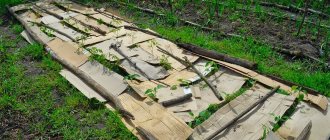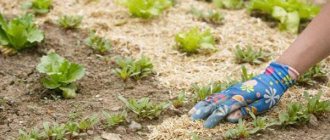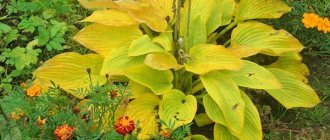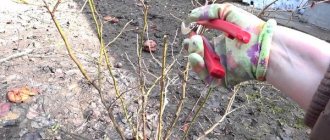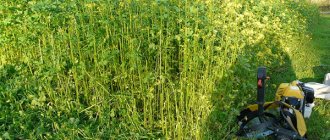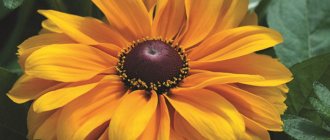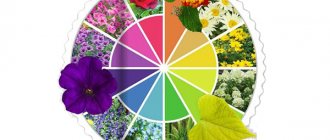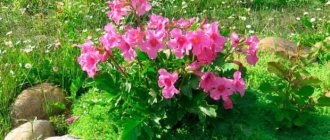Modern gardeners, whose experience is especially popular among summer residents - Nikolai Kurdyumov, Galina Kizima - constantly urge to mulch the soil, not to keep the ground under the plants open. But he best described the advantages and disadvantages of different types of mulch in the book "Minimum work, maximum yield!" Igor Lyadov, who grows gardening in the Far East.
Mulching is covering the soil surface with some material. In the Russian climate, it is not easy to protect plants from the vagaries of the weather. And mulch in the beds solves a variety of problems - it helps both with frost and drought, accelerating the growth of plants without much cost.
Why mulch the soil?
Mulching has many benefitsThis technique reduces the evaporation of water from the soil surface, protects plants from frost, improves soil quality, promotes the development of life in the soil, reduces the number of weeds, and coarse mulch even repels slugs.
And also mulch is used as a decorative element in the garden or vegetable garden.
In addition, you need to consider one thing that we are not used to thinking about.
When we grow plants on soil, the soil gives the plant, its fruits, nutrients.
But are we putting these nutrients back into the soil so that we can get a healthy and healthy harvest in the new season?
Mulching is one way to restore nutrients to the soil.
Soil retains moisture longer
Evaporation of water from soil covered with mulch occurs three times slower than from “bare” soil.
This saves you water and the time you would spend watering.
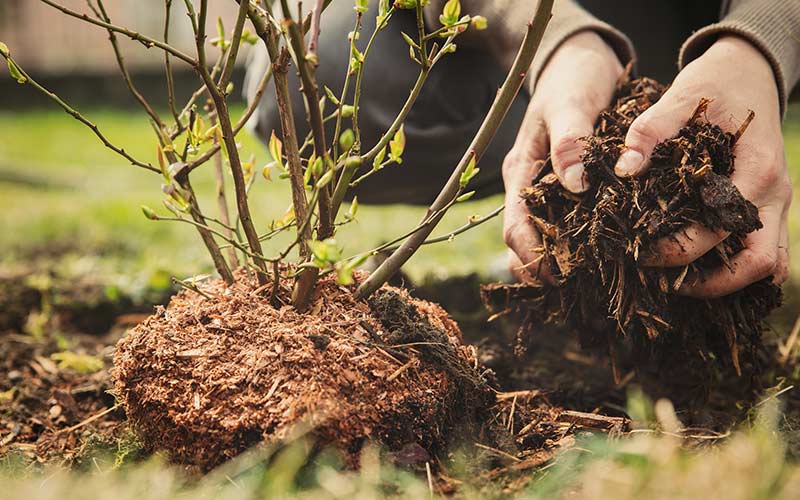
Prevents soil leaching
A 10 cm layer of mulch, especially on slopes, helps prevent nutrients from leaching out of the soil.
Keeps weeds from growing
Mulch does not transmit light to the soil surface, which prevents weeds from germinating and growing.
Prevents crusting on the soil surface
Mulching protects the soil from compaction, from the formation of a dense crust, as a result of the force of rain.
This crust prevents water from entering the soil during the next rain or watering.
Supports and develops life in the soil
Organic mulch serves as a refuge for beneficial insects, microorganisms, earthworms.
Increases soil fertility
Over time, organic mulch decomposes and becomes part of the soil, turning into humus, due to which the soil fertility increases and earthworms begin to populate it.
Vegetables will stay clean
Mulch acts as an interlayer between the soil and fruits, especially fruits that hang directly onto the soil.
Due to this, the fruits do not come into contact with the soil and remain clean.
Maintains soil temperature
When the soil is covered with organic mulch for the winter, it protects the roots, crown and stems of winter crops from extreme low temperatures.
In the summer, on the contrary, organic mulch does not allow the soil to heat up too much.
Inorganic mulch has a different effect: the soil covered with black plastic in early spring warms up faster and this allows plants to be planted earlier.
Disposal of grass
When collecting cut greens from the site, you should not take it outside the dacha and throw it away. After all, this is an excellent green fertilizer for garden and horticultural crops. Therefore, you need to learn how to properly dispose of raw materials that can help increase soil fertility.
Lawn grass: which is better for sowing in the country
There are three ways to use grass:
- prepare fermented top dressing;
- lay in a compost heap;
- apply as mulch in the beds (greenhouse is no exception).
Note! Freshly cut grass is a fortified source of nitrogen, phosphorus, potassium and other trace elements. At the same time, the summer resident gets useful raw materials practically for nothing (except for the efforts spent on mowing). The key is to find the right application for the lawn cut.
Mulch types
Organic mulch
Organic mulch refers to degradable materials that will become part of the soil in the future.
Organic mulch includes:
- straw
- pine chips
- wood chips
- tree bark
- cut grass without seeds
- leaves
- pine needles
- seaweed
- hemp
- compost
- cardboard
- newsprint
- sawdust
- fern
- buckwheat husk
- coconut mulch
- sackcloth
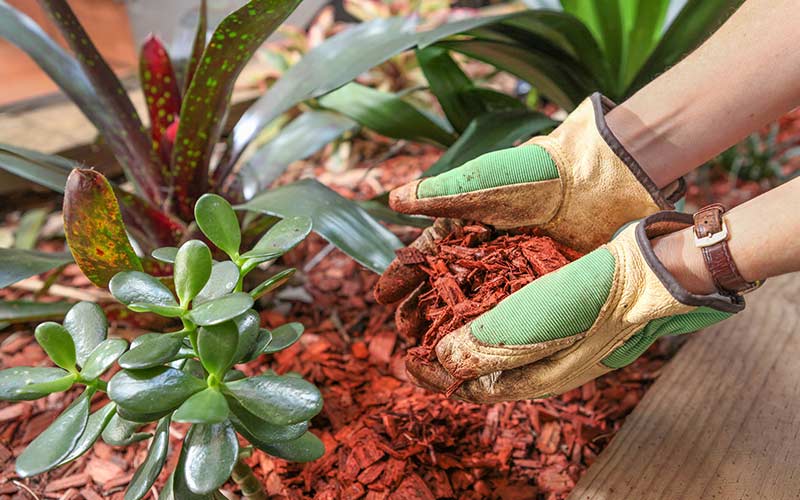

Mineral mulch
Mineral mulch is non-biodegradable and therefore has an infinite lifespan.
This type of mulch is recommended for thermophilic plants.
One of the most popular mineral materials is pozzolan - a pulverized product, a mixture of volcanic ash, pumice and tuff.
This material has a porous structure and good thermal insulation properties.
Mineral mulch includes:
- pozzolan
- gravel
- pebbles
- sand
- expanded clay
- broken brick
- pieces of slate
Inorganic mulch
This group includes polyethylene, agrofibre and textile materials.
If you use a drip irrigation system, then at the beginning, you need to install it and lay the mulch on top.
Introduction
Mulched soil has important advantages over open ground:
- the top layer of mulched soil at least does not lose its properties
- on such a soil, the productivity of plants increases
- the work of a gardener or gardener is greatly facilitated
Mulch allows you to avoid soil compaction, dehydration, destruction of its structure and a decrease in fertility. In some cases, mulching material acts as a protection against weathering and leaching of soil in a summer cottage.
The most effective method of mulching works in arid or simply hot climates, because it is in such conditions that the soil most often loses its fertile qualities.
back to menu ↑
See also: Perennial flowers (33 main species): garden catalog for a summer residence with photos and names | Video + Reviews
Mulching materials
The thicker and stronger the material, the longer it will take to decompose.
Straw as mulch
Straw is rich in potassium.
It is advisable to use organic straw to avoid adding pesticides to your area.
Ideal for sandy soils and slopes, prevents soil erosion.
The straw allows air, water and weeds to pass through, but contains few nutrients.
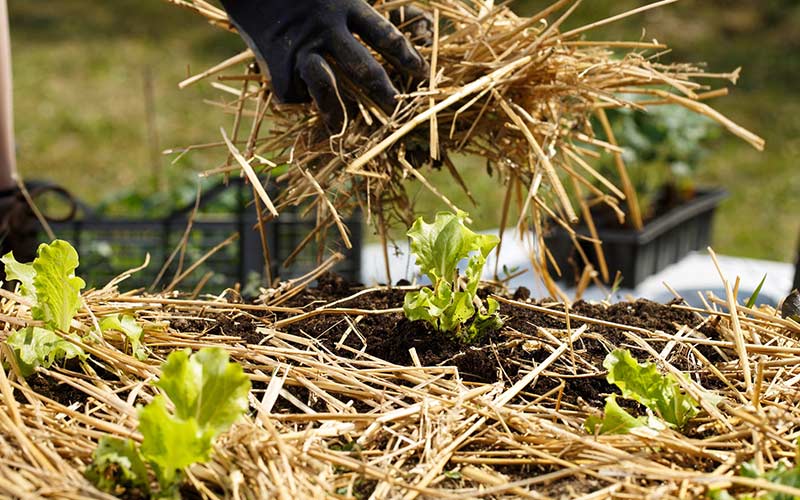

Cut grass
A short-lived type of mulch, its service life is only a few months.
It retains moisture well in the soil, is rich in nitrogen and nutrients.
For mulch, you need to mow exactly the grass that does not contain weeds.
Before using the herb as mulch, be sure to dry it in the sun to avoid mold and mildew.
The layer of grass on the soil should not be too thick to avoid rotting.
If the cut grass is small, this mulch is useful for leafy vegetables, as well as cucumbers, zucchini, pumpkin and potatoes.
Autumn leaves
It is used for plants that are sensitive to frost, such as: dahlias, gladioli, agapanthus, parsnips, carrots, tuber parsley, turnips, radishes, beets, celery, Jerusalem artichoke.
Polyethylene
Black polyethylene reinforces the sun's heat, creating a microclimate underneath.
Black polyethylene is often used for grapes, strawberries, melons and cucumbers, it protects them from rotting, and keeps the fruits clean.
Polyethylene also prevents the growth of weeds and retains moisture in the soil.
Polyethylene is used as follows: the surface of the soil is covered with polyethylene and it is well fixed, after which it is necessary to make holes in it in which seeds or seedlings are planted.
With such mulching, it is convenient to use a drip irrigation system, since watering from above through the holes is completely inconvenient.
It is not recommended to use plastic for bushes.
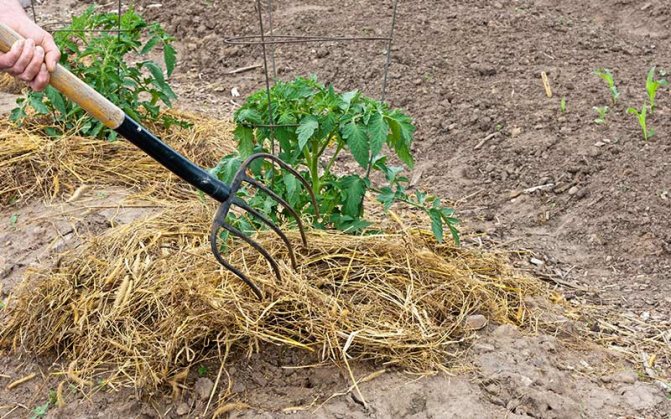

But plastic has significant drawbacks:
- any plastic is toxic, especially when heated by the sun. The poisons that are released from plastic penetrate into your plants, that is, into your future food, and then into your body.
- water and air cannot penetrate the plastic, small roots begin to suffer from a lack of oxygen and moisture, as well as from heat and cold, and, in the end, the plants die.
Hemp
Suitable for heat-loving plants.
Ideal for strawberries, tomatoes, zucchini, eggplant and root vegetables.
Hemp mulch is also suitable for protecting spring-mounted bulbs.
Prevents the entry of slugs that have difficulty walking on the cannabis.
Buckwheat husk
Well suited for perennial beds.
Prevents the entry of snails and slugs.
Coconut mulch
Coconut mulch is pH neutral and has good water retention properties.
Prevents weed growth.
Used for vegetables, perennials, bulbs and shrubs.
Wood chips
The advantage of wood chips is that they do not decompose for a long time.
It is advisable to use it on fertile soils, as this type of mulch contains very few nutrients.
Good for perennial plants.


Pine chips
Pine chips are used for plants that like acidic soils such as rhododendrons, azaleas, or heather plants.
Tree bark
The composition of wood and tree bark is different.
Bark contains more nitrogen, while wood is carbon.
The bark of trees is not only used as a decorative mulch, but is also beneficial.
It retains moisture in the soil, prevents weed growth, delays weed seeds from penetrating the soil, and regulates temperature.
Pozzolan
Pozzolan is used for mountain plants such as anemone and arnica.
Newspaper or Cardboard
It prevents weed growth well.
Expanded clay
Suitable for all plants, does not affect the acidity of the soil.
Sawdust
Before using sawdust as mulch, they must lie down for 1-2 years and perek, so that the sawdust does not burn the plants.
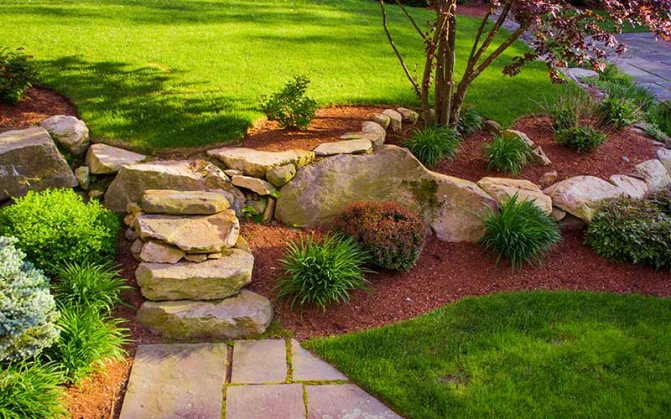

Mulch from bark and wood chips of oak and birch species.
They are best used only for conifers, because tannins contained in them, getting into the soil, prevent plants from assimilating nitrogen.
Another important mulch function that cannot be ignored is that it is a natural ameliorant. With its help sandy and heavy clay soils are "treated". Over time, with constant work and care, mulched lands with the use and alternation of certain agricultural techniques are transformed beyond recognition. In these cases, mulch plays a decisive role in the formation of a fertile layer on such lands.
Vladimir Vasilievich Chernyak (r.Tuapse, Russia) Mulching is the covering of the ground surface around the plants with any materials that regulate the water and air regimes in the upper soil layers. Experiments with soil mulching Of course, you can purchase and use a special mulch coating in the garden (Agrotex black, etc.). However, as a mulching material, it is quite possible to use, for example: - cut grass and weeds (without seeds); - fallen leaves of woody plants or ready-made leaf humus; - compost; - straw; - peat; - expanded clay; - small stones, sea pebbles; - fallen cones and needles collected under the canopy of conifers; - sawdust, small wood chips, small shavings; - bark of trees crushed to medium and fine fraction; - husk (buckwheat, rice, sunflower, etc.) - roofing material (up with powder); - polymer film; - burlap, fabric; - cardboard, paper; - newspapers, etc. During experimentation, each type of mulching material turned out to be good for certain crops. I would like to tell you about my own experience of mulching different types of plants with a variety of mulch. To mulch my plants, I first used cut grass, fallen leaves and plastic wrap (black and transparent). About 2 weeks after planting the seedlings of tomatoes, eggplants and peppers, I covered the aisles with these materials. And he did not mulch the soil near several bushes of all crops - he left these plants as control ones. Within a week, the soil under the bushes covered with plastic wrap was very dry and overheated. In addition, numerous bear passages appeared on the soil surface. After that I removed the plastic and no longer used it to mulch the soil in my garden. Mown grass and fallen leaves of trees and shrubs used as mulch retained moisture well in the soil. But after about 3 weeks, I noticed that the mulched plants were slightly lagging behind the controls. Having measured the temperature of the soil in the root layer (at a depth of 10 cm), I found out that under mulch it is 2-3C lower than in open areas. Thus, it turned out that such mulch, along with the preservation of moisture in the soil, prevents it from warming up, which is a negative quality. I had to temporarily remove the mulch until the soil warmed up well, which could be judged by the accelerated growth of plants. During the entire growing season of the plants, I added a layer of mulch, as it gradually rotted. The mulched plants and the plants of the control group developed equally well. But mulch made it possible to significantly reduce the amount of watering and virtually eliminate loosening of plants. Even after heavy downpours, the soil compacted slightly. And only the eggplants had to be loosened twice during the growing season. It turned out that the use of mulch can significantly suppress the growth of weeds in the aisles. Annual weeds did not break through the layer of mulch more than 5 cm at all. And only perennial rhizomatous weeds were able to break through to the surface. But fighting them was less time consuming than without mulch. In my opinion, cut grass is a more effective mulching material than fallen leaves. Since three times less grass layer than leaves is enough to effectively retain moisture in the soil. This is especially important in the early stages of plant development - when they are still low, and a thick layer of mulch cannot be used yet. Seeing the positive effect of mulching the soil on tomatoes, peppers and eggplants, the next year I decided to apply this agricultural technique to other crops, including trees and shrubs. It must be said that not in all cases soil mulching was effective enough. For drought-resistant plants that are able to get water from deep soil layers, mulch did not give a noticeable result.For example, these are medicinal sage, figs, unabi, pomegranate and others. For very moisture-loving plants with a large leaf area, as well as for crops not adapted to economical use of water, mulching turned out to be ineffective. The use of mulch did not allow to reduce the number of irrigations. For example, among such plants I included Chinese actinidia, chayote, lagenaria, cylindrical loofah (washcloth), half-pala, kidney tea (orthosiphon), climbing trichozant, tuberous sour cherry, melon pear (pepino). Among the above plants, chayote (Mexican cucumber) turned out to be especially moisture-loving. It is worth mulching the soil under the chayote, as its roots immediately penetrate the mulch and literally dry it out, therefore, it is impossible to do without increased watering when growing this crop. However, for most garden plants (raspberries, currants, gooseberries, garden strawberries, peas, potatoes, chard, beets, cabbage, perennial onions, beans, corn, yams, sweet potatoes, edible and explosive cyclanters, melotria rough, passionflower blue and flesh-colored, azimine three-bladed, etc.) mulching still turned out to be very effective. And in some cases (for example, when growing azimines), mulch even allowed to slightly increase yields.
When to mulch the soil?
To understand when to cover soil with mulch, let's look at the natural processes that take place in nature.
Nature covers the soil in autumn and thus does not allow it to remain “bare” in winter, so to speak, nature dresses the soil in winter clothes.
But if we take a closer look, we will see that in fact, the soil is covered with plant material all year round.
Therefore, the answer to this question will be: mulch all year round, your task is to ensure that the soil is always covered and does not remain "bare".
In the spring, you need to mulch when the soil is already warming up.
No need to mulch plants that are afraid of moisture, such as garlic, onions.
What grass to put for grass and weed fertilization
I have tested on my own experience how the "infusion" of nettle works. You know, the whole culture got stronger in an instant. Has become big, beautiful. And most importantly, I was surprised by the harvest!
Of course, nettle is not the only wonder herb. There are other weeds:
- Dandelion;
- Wheatgrass;
- Burdock;
- Clover;
- Woodlice;
- Spurge…
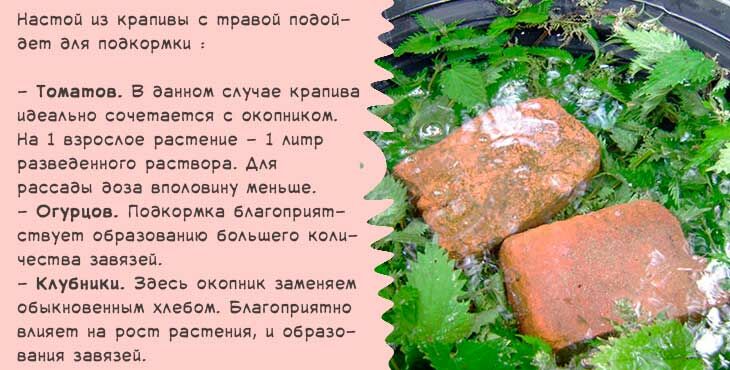

In addition, you can use:
- Fallen leaves;
- Stems and leaves of bushes after pruning;
- Berries and fruits of crops;
- Tops.
But there should be more freshly harvested grass. The ratio of the herb to other additives is 70 to 30.
How to mulch?
- Before the soil is covered with mulch, it must be weeded very well.
- The mulch should not be adjacent to the stem or stem of the plant.
- Do not mulch in strong winds.
- You cannot mulch frozen ground, you need to wait until it warms up.
- The soil must be watered before and after mulching.
- The minimum layer of mulch should be 5-8 cm. Except for some materials.
- In the shade, the layer of mulch should be less than in a sunny place. In the shade, a 3-5 cm layer will be enough, and in the sun 5-8 cm.
- Add 2 to 3 cm of mulch each year to compensate for decomposed material.
- From time to time, you need to make sure that the mulch does not stray into lumps.
Liquid green fertilizer - preparation method
If there is no desire to arrange a pit or heap for composting, freshly cut greens are placed in a large plastic barrel by a third and filled with water. The mixture should begin to ferment, after which it is applied as fertilizer.
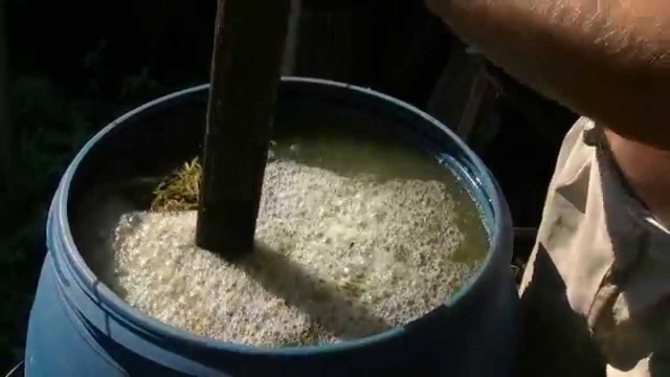

You can prepare an infusion of herbs for feeding plants in 2 weeks. A lawn look or weeds, which need to be chopped up for better fermentation, are suitable.
In the process of fermentation, nitrogen is lost, so the barrel is tightly closed for the first days, after a week it is opened, leaving a small gap for air to enter.
Herb and yeast
To make the herb infusion for plant nutrition ripen faster and be more nutritious, yeast is added to it.
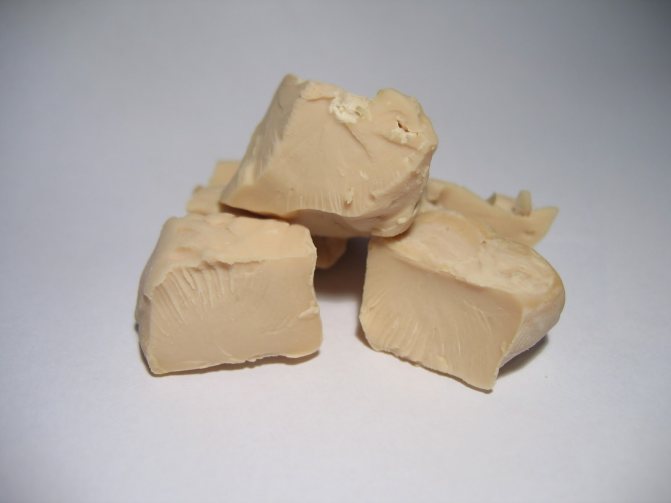

This is done for enrichment with microelements - boron, magnesium, sulfur, calcium and potassium.
There are two ways:
- Dissolve 1 kg of yeast in 10 liters of water with two tablespoons of sugar. After it starts to ferment, dilute again: 0.5 L per bucket. Add the resulting liquid to the herbal infusion.
- When laying greens in a barrel, yeast is added at the same time - about 200 g per 200 l of the mixture.
When using ready-made green infusion, mineral fertilizers are additionally introduced into the soil, especially potash, since the yeast actively absorbs it.
How to mulch fruit trees?
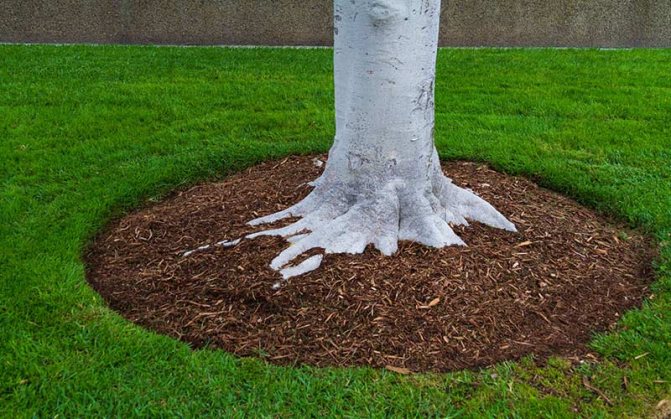

For the roots of fruit trees, bacteria that live in the soil are important.
For trees, the size of the ring, which consists of mulch, is important, the ring should be 50-80 cm from the trunk, since most of the roots are in this area and it is very important in this area to preserve bacterial life in the soil.
Please note that the mulch does not need to be placed close to the trunk, so as not to cause rotting, step back 10-15 cm from the trunk.
It is also very important to choose the right material for mulch, of course, the most suitable material for trees, these are leaves, this is the material that was conceived by nature.
Branches are also natural material for trees, which can be shredded to make the mulch look more aesthetic.
Pine bark is also often used for mulching trees.
These materials are rich in nutrients and will be beneficial for the tree, most of the nutrients are found in the leaves, about 50-80% of the total.
The thickness of the mulch layer should not be more than 10-15 cm.
straw (hay) mulch
When mulching, you should bring the straw layer to 10-15 cm. It may seem too much, but soon enough such mulch begins to settle and eventually cakes up to 5-6 cm layer, which is quite enough. But at the same time, you need to monitor the thickness of the straw mulch, do not let it go too tightly (there are fears that everything underneath it will interfere). But the weeds will be suppressed to such an extent that no weeding is needed during the season. The straw layer passes moisture instantly, but only "one way". A light breeze immediately dries the uppermost layer, preventing dampness from spreading.
It is better to mulch with straw: potatoes, cabbage, strawberries, strawberries and other early spring crops that can do without very hot soil. Straw-covered soil under bushes and trees also feels good. Another feature of the straw is its light color. And since everything light, as you know, better reflects the sun's rays, the soil mulched with straw remains moist and cool. But the petioles of the plants warm up and the berries ripen faster.
How to mulch strawberries?
Strawberries are mulched twice a year.
The first time strawberries are mulched in the spring, they are distributed around the leaves, no more than 3 cm thick.
The second time the strawberries are covered with mulch for the winter to protect the plant roots from low temperatures.
Mulching for the winter is necessary when the soil temperature is about 4 degrees, so that strawberries can experience the first frost for greater productivity.
For strawberries, straw is usually used as mulch.
How to mulch potatoes?
You can mulch potatoes immediately after planting or wait for the soil to warm up.
The mulch layer should be about 8 cm thick.
Any biodegradable material is suitable for potatoes, but straw is most often used for these purposes.
Straw is an obstacle for Colorado beetles and other insects.
From time to time it is necessary to check the condition of the mulch, and put it in those places where the layer has thinned.
Cutting grass mulching - benefits and harms
Mulching of tomatoes with cut grass is often used; this is a very common and favorite method of many gardeners. But just like straw, it has pros and cons. The biggest plus from the use of cut grass is plant nutrition. By decomposing, the herb provides good nutrition to the tomatoes for almost everything they need.
There are opposite recommendations on the Internet, from “I always use” to “in no case”. Why is this happening? Let's figure it out. Freshly cut grass, laid in a large layer, can cake after watering, blocking the access to air. This does not happen with a thin layer of grass.
The grass that is mowed in different areas differs from each other. For one, it is mainly dandelions and clover, and for another, wheatgrass. One mows with a trimmer the other with a lawn mower. One mowed the grass before the seeds ripened on it, and the other after. Someone has the grass sick, someone does not. Do you see how many differences there can be?
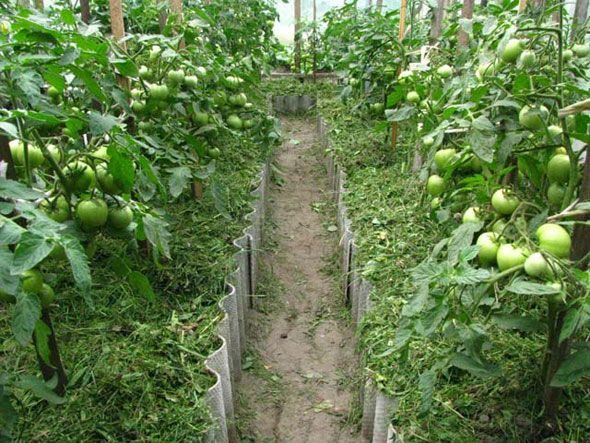

However, when mulching freshly cut grass, there are general principles that should be followed and with which I want to acquaint you:
- The layer of fresh cut grass on tomatoes should not be large - preferably 2-3 cm. When the layer is dry, add another 2-3cm. Better to add more often, then the grass will decompose correctly.
- To reduce the risk of contracting diseases that may be present on the grass, it is best to first let it dry in the sun for 1-3 days.
- Drying the grass reduces the possibility of introducing pests - aphids, ants, slugs and others.
- Mow the grass until the seeds are ripe. If this is not possible, then dry the grass for 2-3 weeks, the seeds will lose their germination.
Do not forget to spray everything with ACC solution, so you will increase the population of biota living in the soil and processing mulch. If you adhere to these simple principles, then there will be no harm from using freshly cut grass.

